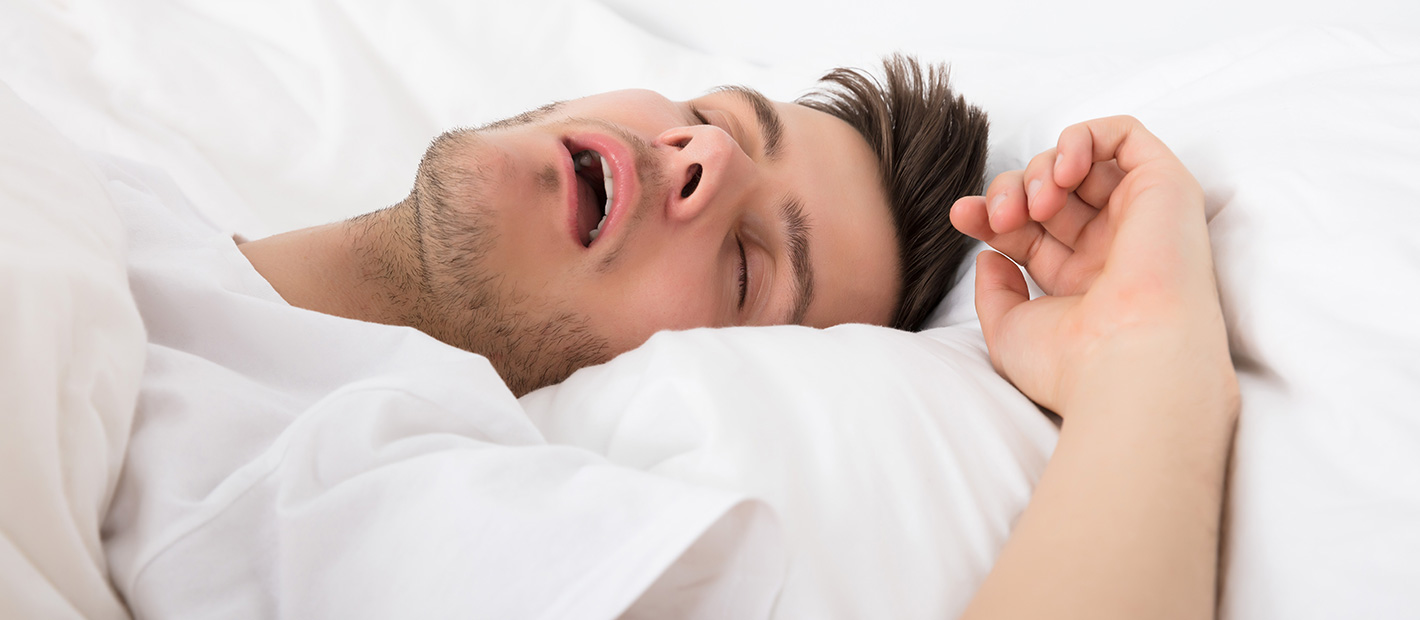Snoring and Obstructive Sleep Apnoea (OSA)
Snoring and OSA can cause problems for both patients and their partners. ENT assessment is recommended to identify any surgically treatable causes, sometimes in conjunction with a sleep study.
Snoring may be an embarrassing problem that only causes sleep deprivation for the snorer and their partner but may signify a more serious medical condition called obstructive sleep apnoea (OSA). OSA occurs when the narrowing in the asleep airway is more severe causing periods of breath-holding (apnoeas). Apnoeas cause a reduction in the oxygen circulating in the body and the resultant stimulation of the brain causes wakefulness. Multiple episodes of wakefulness throughout the night cause daytime somnolence (difficulty staying awake during the day). Long term, OSA increases the risk of heart attacks, strokes and possibly diabetes.
OSA is diagnosed by polysomnography (PSG, sleep study). Clinical evaluation including endoscopy of the nose and throat is essential to diagnose if there is
Some patients may benefit from a specialist mouthguard (mandibular advancement splint) to open the airway at night and pull the jaw forward. Irrespective of the cause, continuous positive airway pressure (CPAP) devices can be used to maintain airway pressures to overcome the obstruction. The device requires the user to wear a mask during sleep.
Surgery may also help. Nasal blockage may respond to medication especially if there is a background of allergy, and septoplasty and turbinate surgery will help mechanical obstruction of the nose. Large tonsils and/or a long soft palate or uvula may be treated by a uvulopalatoplasty (UPPP) where removal of the tonsils, reduction of the uvula and stiches to stiffen the soft palate can reduce obstruction and vibration.

